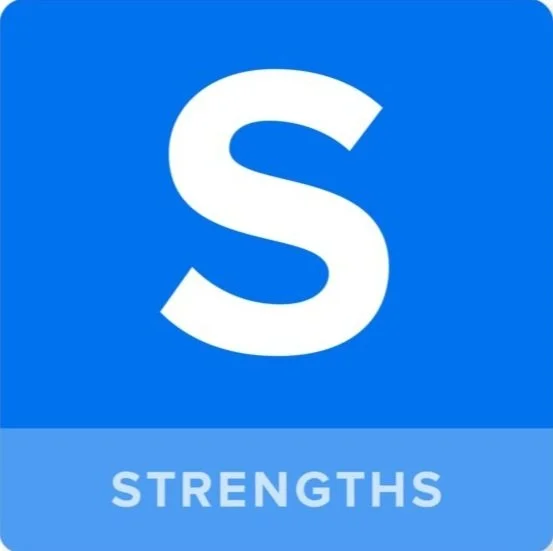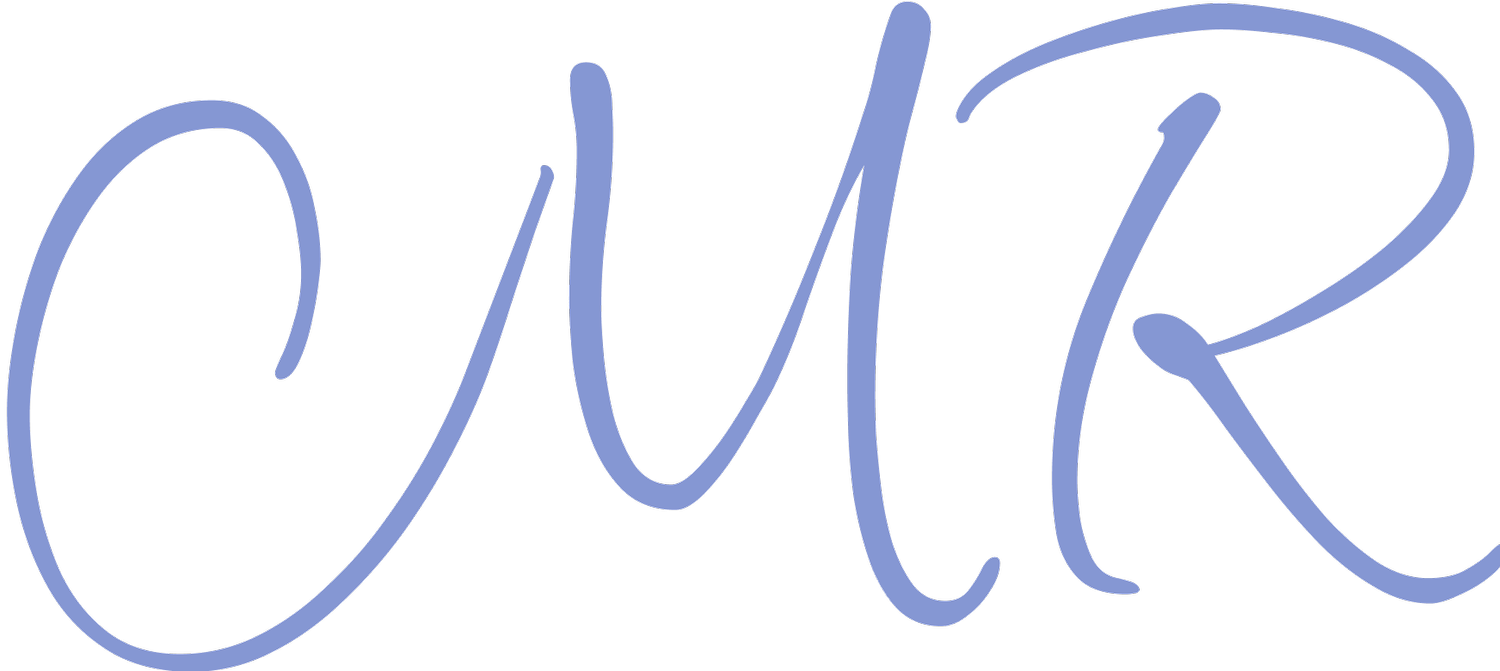Cultivating a Positive Workplace Culture
Our app "Positive Workplace Culture" is designed to cater to individuals seeking mental health support, and professional counseling services, as well as access to resources focusing on managing stress, overcoming anxiety, and achieving a harmonious work-life balance. The primary goal of the application is to offer accessible and user-friendly tools tailored to meet each user's specific needs for better overall well-being.
UX Research and Foundation
Problem Statement
Employees face stress and burnout from long working hours.
Lack of personal time and poor communication affect mental health and productivity.
Insufficient supportive work environment and mental health resources.
Objectives
Vacations & Breaks - Encouraging them to take breaks and have vacations so they can make their work very productive.
Healthy Lifestyle - For physical health, we can have games & some physical exercise and programs.
Easy conversations - There should be easy conversations for work questions.
Goal
Promote regular breaks and vacations.
Encourage physical exercise for a healthy lifestyle.
Facilitate easy communication for work-related queries.
4. Create a positive workspace with:
Gatherings
Creative workshops
Mental health support
Fun game days
5. Improve work-life balance and mental health through counseling sessions.
Target Audience
Supervisors
Human Resources (HR)
Management
Employees
Requirements
Ideas to have creative workshops.
Time management.
Mental health support.
Fun games.
Workspace & Gatherings.
Fulfilling Opportunities with Commitment.
Better results, Higher promotions.
Benefit for the company.
Productive working.
SWOT
(Strength, Weakness, Opportunities, Threats)
-

1. Knowing the work culture
2. Not fearing to work.
3. Avoiding work pressure.
4. Focus on employee well-being.
5. Improved productivity through regular breaks.
6. Encourages healthy lifestyle and teamwork.
-

1. Time management
2. Requires time and resources to implement.
3. Possible resistance to change.
4. May disrupt workflow initially.
-

1. Good work
2. Productive working.
3. Benefiting to the companies.
4. Better results for higher promotions.
5. Attracts and retains talent.
6. Enhances company reputation.
7. Potential for innovative wellness programs.
-

1. Competition with colleagues.
2. Internal politics.
3. Economic constraints could limit resources.
4. Employees might not fully utilize programs.
5. Competitors may adopt similar initiatives.
MOSCOW
(Must have, should have, could have, won’t have)
-

1. Regular breaks and vacations.
2. Easy communication channels.
3. Mental health support.
4. Positive workspace activities.
-

1. Physical exercise programs.
2. Fun game days.
3. Creative workshops.
4. Feedback mechanisms.
-

1 . Wellness provider partnerships.
2. Incentives for participation.
3. Flexible work options.
-

1. High-cost luxury programs.
2. Initiatives that disrupt core operations.
3. Programs misaligned with company culture.
Research / Survey Done
What is your age?
How long have you been working in a corporate environment?
What is your gender?
Have you ever experienced high levels of stress in your workplace affecting your mental health?
Do you work overtime on weekends or after working hours?
how would you rate your current work-life balance?
Have you ever sought professional help or counselling for mental health issues related to work stress?
How would you rate your overall mental health?
Are you open to the idea of counselling services provided by your company to support your mental health?
What type of counselling services would you be most interested in?
How frequently would you prefer counselling sessions, if available?
Would you prefer counselling sessions to be conducted in-person or virtually?
Do you feel you have a strong support system at work for addressing stress and mental health concerns?
Is there any fun activity held in your office?
Do you think it is a stress buster?
Other Brief Responses
Two Different Persona’s / Archetype
Persona 1
Persona 2
Showcasing Journey Map, Scenario Map, Mental Model
Techniques to Overcome
Card Sorting & Optimal Search
Result & Information Architecture
Site Map
Summary
"Positive Workplace Culture" app: Offers therapy, insurance help, and resources for mental health. Easy access to counseling, self-care, and work-life balance support. Improve mental health today.







































